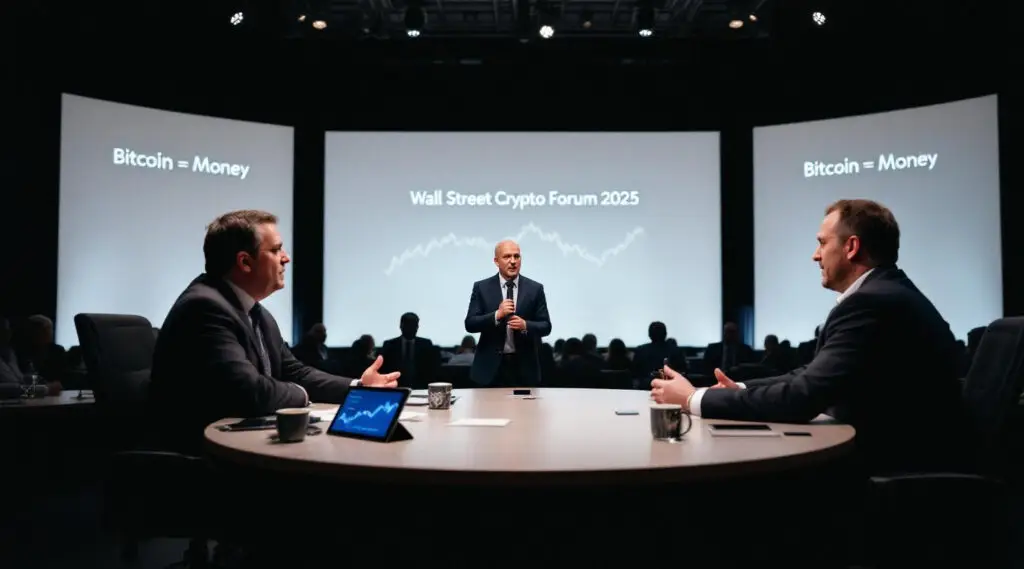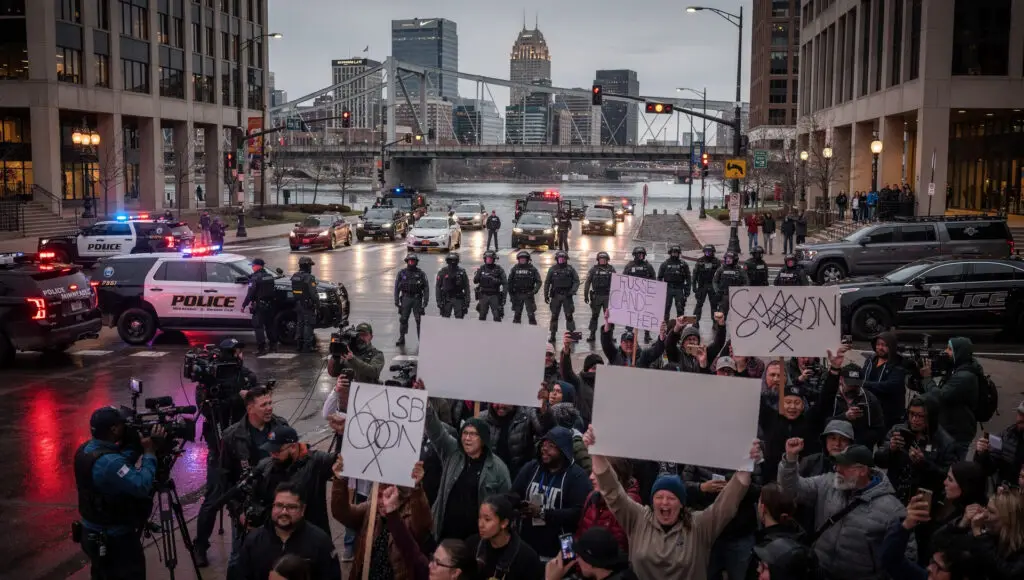Despite President Donald Trump’s looming August 1 deadline for new, potentially “punishing” tariffs on close U.S. allies, financial markets have remained remarkably calm, with stock indices even hitting new highs. This tranquilly has led to contradictory interpretations from the White House and Wall Street, each viewing the market’s stability as validation for their own, opposing assessments of Trump’s trade policy.
Wall Street’s “TACO” Theory vs. White House Conviction
On Wall Street, a prevailing belief, often encapsulated in the acronym “TACO” (Trump Always Chickens Out), suggests that the President will ultimately ease off his tariff threats, a pattern observed in his previous administration. This sentiment stems from past instances, such as April 2025, when widespread market panic reportedly led Trump to shelve initial across-the-board tariffs. The continued stability, coupled with no mass consumer price hikes and a steady labour market, reinforces this “wait-and-see” approach among investors.
However, officials within the White House are drawing a starkly different conclusion. Emboldened by a recent string of trade pacts—including frameworks with the UK, China, Indonesia, Vietnam, and most recently the Philippines and Japan—Trump aides see the market’s complacency as validation of their disruptive trade strategy. One White House official explicitly dismissed the “TACO” theory, asserting that businesses are actively “making adjustments to their business models and supply chains to be able to absorb” the anticipated tariffs, having internalised that “POTUS is serious about this.”
The Looming Deadline and Economic Stakes
These directly contradictory takes have significantly heightened the stakes as the August 1 deadline approaches. Major trade partners like the European Union, South Korea, and India are racing to strike deals to avert steep double-digit duties. While Trump has recently announced agreements with six countries, these deals often involve higher tariffs than those countries faced prior to his administration, blurring the line between a “deal” and a “tariff.” Trump himself has stated that simply “sending out the paper that you’re paying a 35 or 40% tariff on—that’s a deal.”
Despite the recent trade pacts, the White House is still planning to impose double-digit duties on dozens of other trading partners next month. Economic experts warn that such a sweeping move could severely disrupt global supply chains, trigger retaliatory measures, further strain international trade, and push up consumer prices. The Yale University Budget Lab estimates that the nation’s effective tariff rate currently sits at 16.6%, a significant increase from the 2.4% at the end of Trump’s first term. This could result in a 2.0% short-run increase in price levels, equivalent to an average per-household income loss of $2,700 in 2025 dollars, and a 0.8 percentage point lower real GDP growth in 2025.
Corporate Impact and Persistent Confidence
Some corporations are already feeling the impact. General Motors, for instance, reported a 35% slump in its second-quarter profit, including a $1.1 billion hit from tariffs, and expects a total gross tariff exposure of $4 billion to $5 billion in 2025. Despite this, GM expressed confidence in mitigating these impacts through strategic adjustments and cost initiatives. Other companies, like Genuine Parts, have also trimmed their profit forecasts due to existing tariffs.
Despite these warnings and early corporate impacts, White House officials, having weathered the initial market “freakout” in April, remain confident that widespread fears of increasing inflation and an economic downturn are overstated. Kevin Hassett, Director of Trump’s National Economic Council, recently argued that continued stable inflation readings prove the extra cost of tariffs isn’t being passed to American consumers. Commerce Secretary Howard Lutnick further declared that “you’re going to see inflation stay right where it is” despite recent upticks.
This clash of perceptions sets the stage for a critical period. Sceptics within and outside the administration question whether Wall Street is adequately prepared for the potential economic disruption, while the White House remains steadfast in its conviction that its trade strategy is not only effective but also being internalised by global businesses.






















